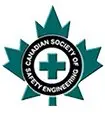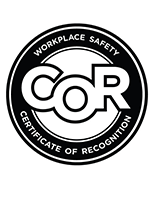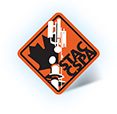Posted: Dec 1
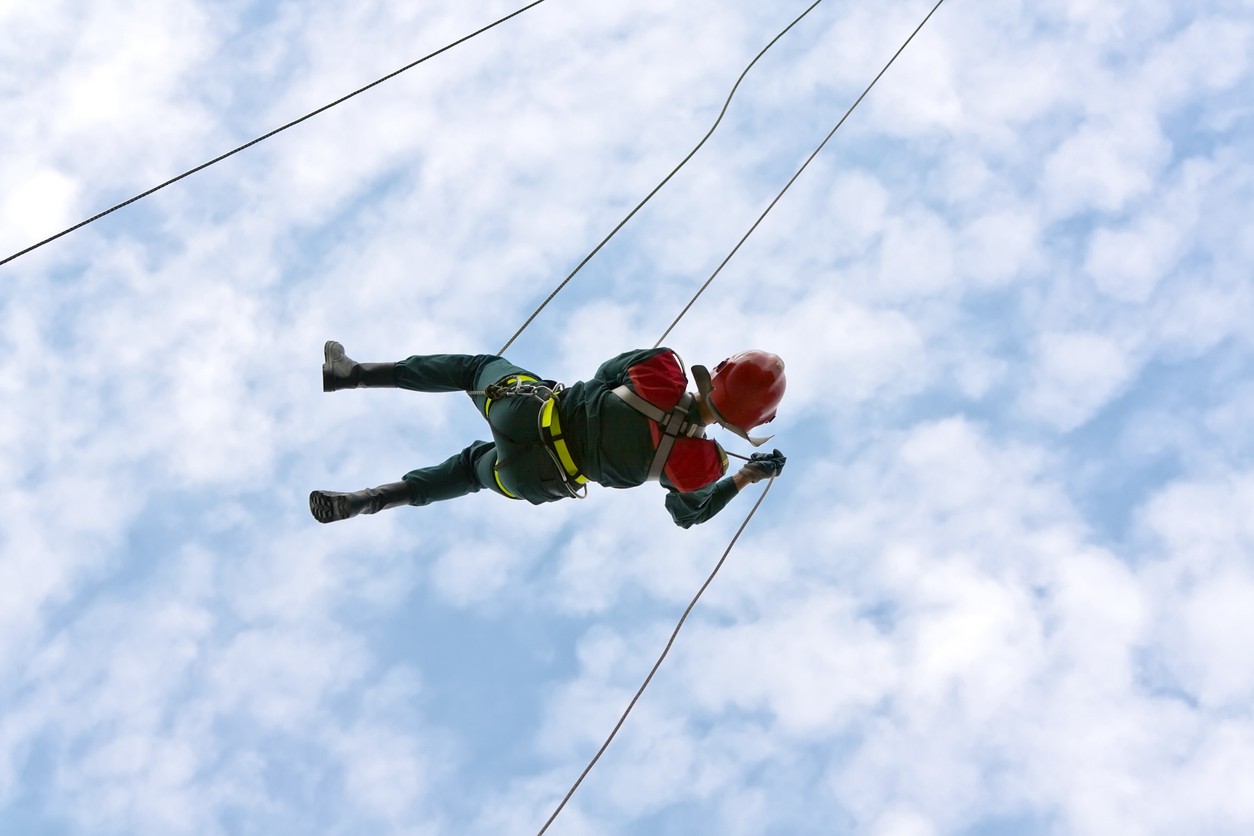
As Alberta’s renewable energy sector grows, so does the need for highly specialized safety support. Wind turbines and solar installations introduce complex risks, particularly when it comes to emergency response. That’s where rope rescue standby services come in—offering rapid, skilled rescue solutions for workers in high-risk environments. But these services must evolve to match the technical and logistical challenges of modern energy infrastructure. If you're managing a renewable project and need professional standby safety, get in touch with the MI Safety team today to discuss how we can support your site.
Adapting Traditional Rope Rescue Standby Services for Modern Energy Infrastructure
Rope rescue standby services have long been a vital part of industrial safety, particularly in sectors like construction and oil and gas. But renewable energy sites bring a new level of complexity. Traditional high-angle rescue tactics aren’t always compatible with the layout and structure of turbines or solar farms. Teams must now combine conventional rope techniques with a deeper understanding of electrical systems, tight access points, and specialized hardware.
Technical and Logistical Demands of Renewable Energy Emergency Response
Wind and solar operations often take place in remote or elevated locations, which makes emergency response timing critical. Rope rescue standby services for these sites require not just rapid deployment, but a thorough plan for overcoming limited access, confined spaces, and the potential for electrical hazards. Pre-job planning and site-specific risk assessments are essential to ensure safety and compliance.
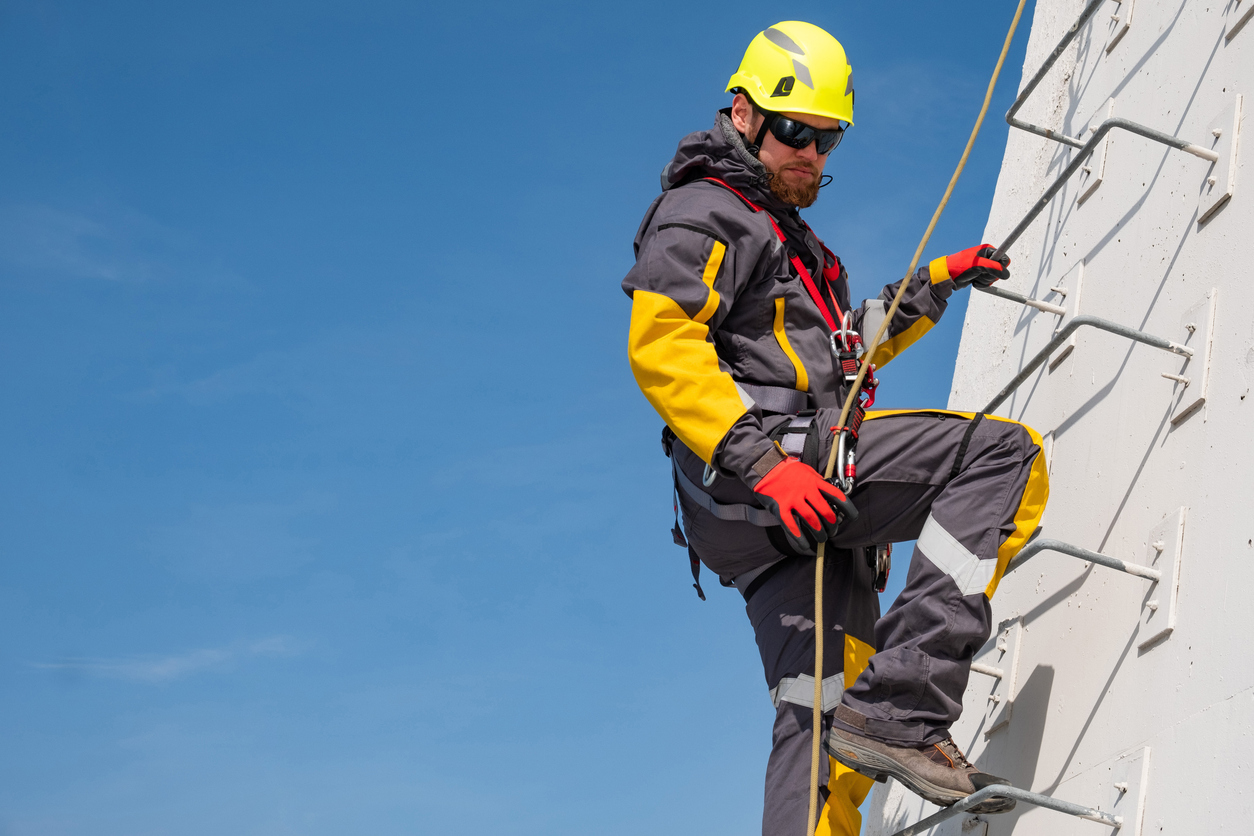
Vertical Rescue Operations from Turbine Nacelles
One of the most demanding scenarios for rope rescue standby services is vertical extraction from a turbine nacelle. These towers can be over 80 metres tall and rescues often involve lowering an injured worker through narrow hatches or down ladders with minimal clearance. Rope systems need to be both redundant and precise, with advanced rigging techniques in place to ensure controlled descent and patient stability.
Height-Specific Protocols for Wind Farm Rope Rescue Standby Services
Working at such extreme heights requires rigorous protocols. Rescue personnel must be trained in fall protection, tower rescue techniques, and the unique dynamics of wind turbine towers—including rotor lock-out procedures. Having a rope rescue standby team on-site means that if an incident occurs, responders can begin extraction immediately, significantly reducing response time.
Access Limitations and Equipment Considerations
Wind turbines are not designed for easy access during emergencies. Standby teams must carry lightweight yet durable gear and be familiar with the turbine's internal structure. Rope rescue standby services for wind farms often include pre-rigged systems staged within the nacelle, enabling faster deployment in the event of a rescue.
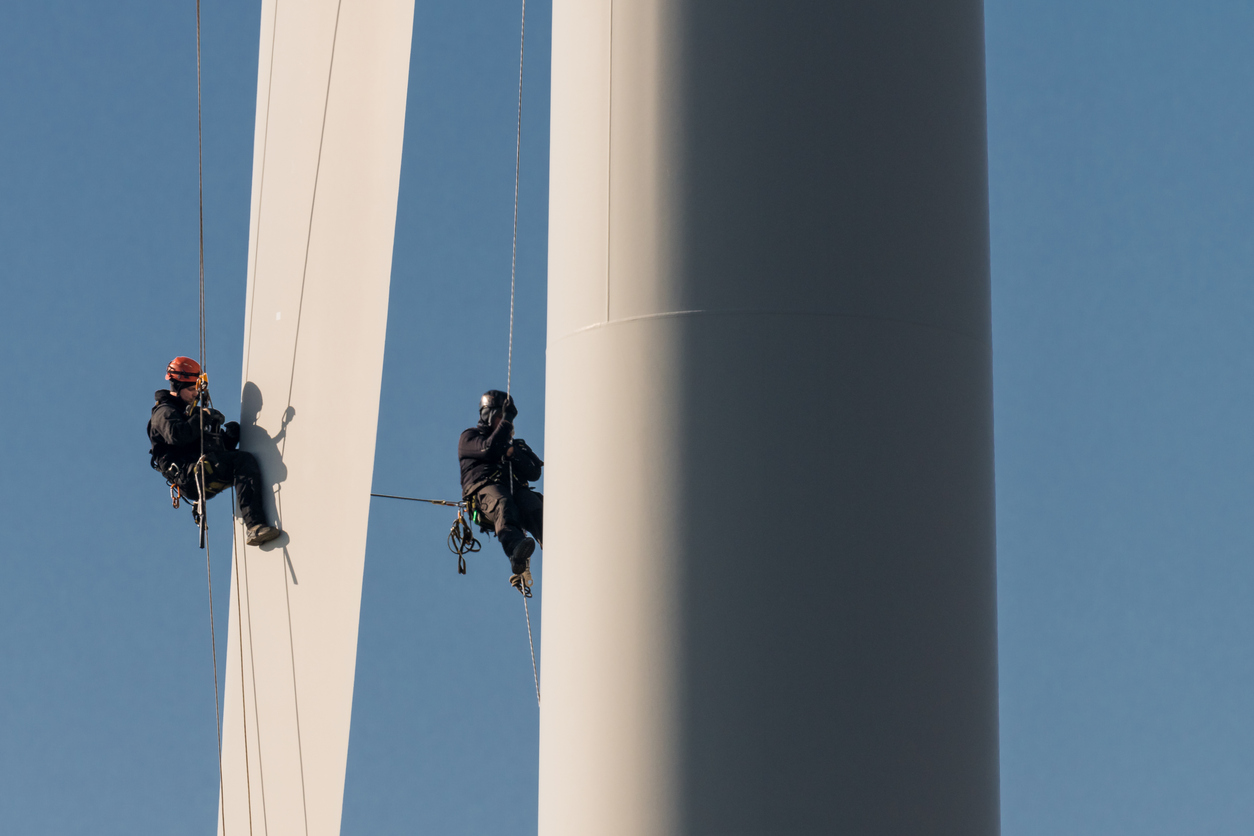
Navigating Tightly Engineered Solar Panel Frameworks
Solar farms may seem safer at a glance, but their dense layouts create unique rescue obstacles. Rope rescue standby services in solar installations must navigate around rows of rigid panels, low-clearance structures, and uneven terrain—all while managing patient stabilization and evacuation.
Electrical Hazard Mitigation in Solar Rope Rescue Standby Services
Electrical risks are a key concern in solar environments. Live wires and inverters can pose a hazard to both workers and rescuers. This means rope rescue standby services must integrate electrical safety training, including lockout/tagout procedures and awareness of grounding systems during rescue operations.
Space Constraints and Extraction Difficulties
Many solar components are installed close to the ground or in compact clusters, leaving little room to maneuver. Rope rescue standby services must often incorporate horizontal extraction methods, which require specialized equipment and training in confined space techniques—even in open-air environments.
Rope Systems Expertise in Renewable Energy Rope Rescue Standby Services
Expertise in rope systems is non-negotiable. Teams must be proficient in mechanical advantage systems, tensioned lines, and anchor selection—all of which can vary widely depending on site structure. Renewable energy rope rescue standby services demand versatility and precision in every setup.
Electrical Hazard Training for Standby Teams
Electrical awareness is critical. All standby rescue personnel must understand the risks associated with high-voltage systems and how to work safely around energized components. This cross-disciplinary training ensures rope rescue standby services can operate effectively without introducing new hazards.
Confined Space Response Integration
Many components of wind and solar sites qualify as confined spaces under Alberta’s OHS Code. Hybrid standby teams trained in both rope access and confined space rescue ensure compliance and readiness for all potential rescue scenarios, including those involving limited entry and egress points.

Vertical and Horizontal Extraction Drill Protocols
The best way to prepare is through practice. Coordinated vertical and horizontal extraction drills allow teams to rehearse realistic scenarios tailored to each site. This helps identify problem areas, improve communication, and refine procedures before an emergency occurs.
Building Site-Specific Emergency Response Capabilities
Rope rescue standby services work best when integrated into a larger emergency response plan. This includes mapping out all access routes, documenting hazards, and staging equipment strategically. When standby teams are part of the planning process, response times are faster, and outcomes are safer.
Regulatory Standards Shaping Rope Rescue Standby Services Requirements
Alberta’s Occupational Health and Safety Code Part 41 outlines strict standards for rope access work, including the need for competent rescue teams and documented procedures. Compliance with these regulations not only protects workers but also reduces liability for employers and project managers.

From towering wind turbines to expansive solar fields, renewable energy sites demand a new level of technical readiness. At MI Safety, we bring the experience, training, and adaptability needed to provide top-tier rope rescue standby services across Alberta. Whether you’re planning a project or reviewing your current safety protocols, reach out today to learn how our hybrid rescue teams can support your site from the ground up.
REQUEST INFO ON OUR COURSES